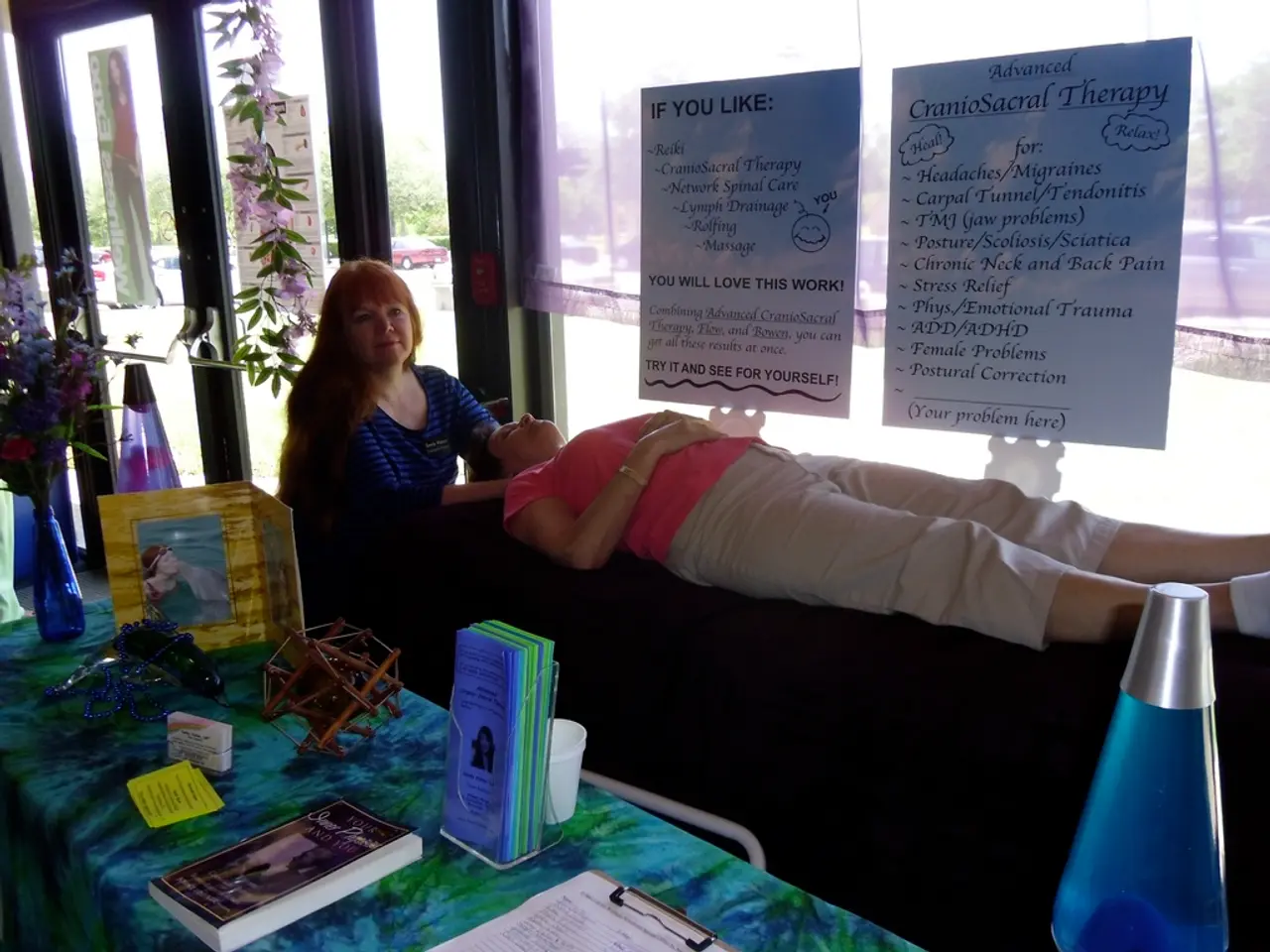Understanding the Connection Between Depression and Anxiety
Depression and anxiety, two internalizing disorders, are prevalent mental health issues that often coexist, affecting millions worldwide. Depression, also known as major depressive disorder (MDD), is characterized by intense, enduring feelings of sadness that impair daily life, while anxiety is an excessive and persistent worry that can interfere with normal activities.
Both conditions share significant symptom overlap, such as fatigue, difficulty concentrating, irritability, sleep disturbances, and avoidance behaviors. This overlap is due to their shared underlying features, including emotional dysregulation like persistent sadness or excessive fear and worry, leading to overlapping manifestations like low self-esteem and impaired cognitive functioning.
Common causes of comorbid depression and anxiety disorders include a mix of biological, psychological, and environmental factors. These factors include symptom overlap and shared underlying features, genetic and neurobiological factors, environmental stressors, developmental factors, and adverse life events. For instance, chronic psychosocial stress, childhood trauma, and abuse can increase someone's risk of developing mental health conditions.
In children, depression might manifest as irritability, anger, weight issues, or separation anxiety (clinginess to attachment figures), while anxiety might manifest as excessive worry about schoolwork, overwhelming fear about something terrible happening to an attachment figure, or extreme phobias. Until the age of 12, children can also be diagnosed with disruptive mood dysregulation disorder (DMDD), which is characterized by behavioral issues and persistent irritability.
Treatments that address both conditions simultaneously focus on psychotherapy, medication, and comprehensive evaluation. Cognitive Behavioral Therapy (CBT) is considered a frontline treatment, targeting negative thought patterns and avoidance behaviors common to both disorders. Early intervention, especially in adolescents, is crucial to mitigate long-term adverse outcomes.
Many antidepressants, particularly Selective Serotonin Reuptake Inhibitors (SSRIs), are effective for both depression and anxiety, addressing shared pathophysiology such as serotonin imbalance. Treatment must be individualized, often considering comorbid ADHD or other conditions when present.
The Covid-19 pandemic has been responsible for increasing depression and anxiety rates worldwide. Mental health professionals often operate under the principle that you treat the most impairing condition first when dealing with depression and anxiety together.
In conclusion, depression and anxiety disorders often coexist because of overlapping symptoms and shared underlying causes. Treatments that address both conditions simultaneously focus on psychotherapy, medication, and comprehensive evaluation to improve functioning and quality of life in affected individuals. It is essential to recognize the signs, seek help, and provide support to those struggling with these conditions.
Science has shown that depression and anxiety often coincide due to their shared symptoms and underlying causes, such as emotional dysregulation and shared biological factors. Health-and-wellness interventions, including psychotherapy like Cognitive Behavioral Therapy (CBT) and certain medications like Selective Serotonin Reuptake Inhibitors (SSRIs), can be effective in managing these mental health issues concurrently, thereby improving the overall health and well-being of individuals affected by these disorders.








